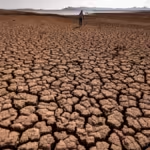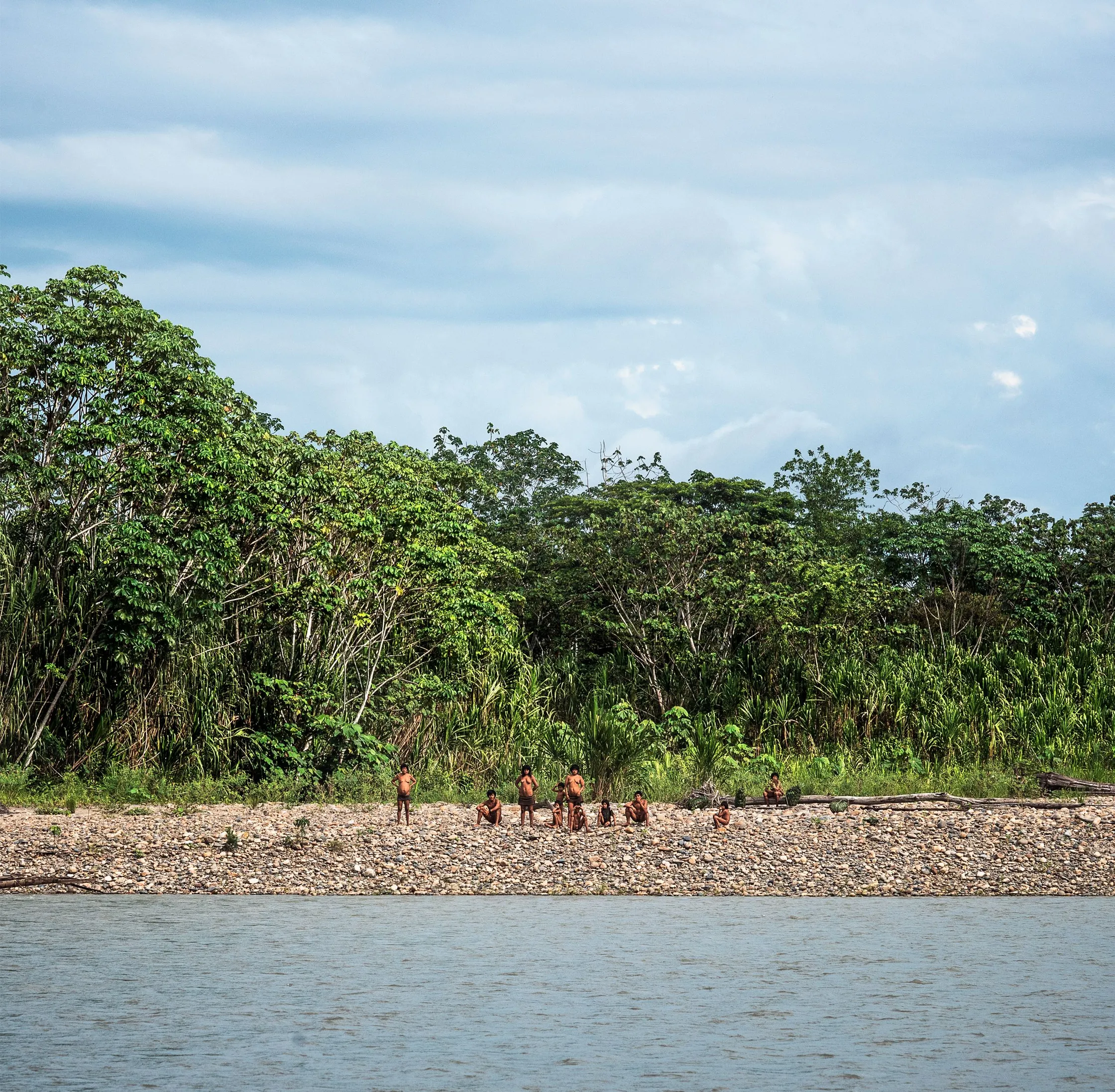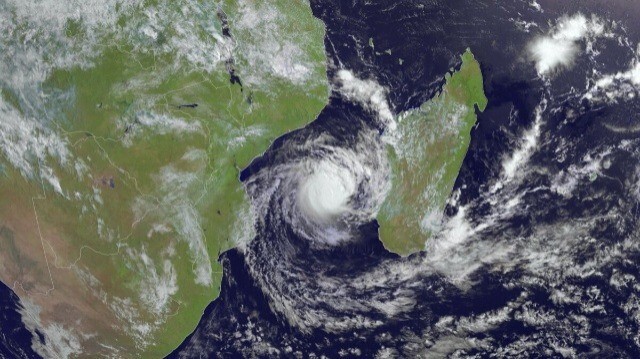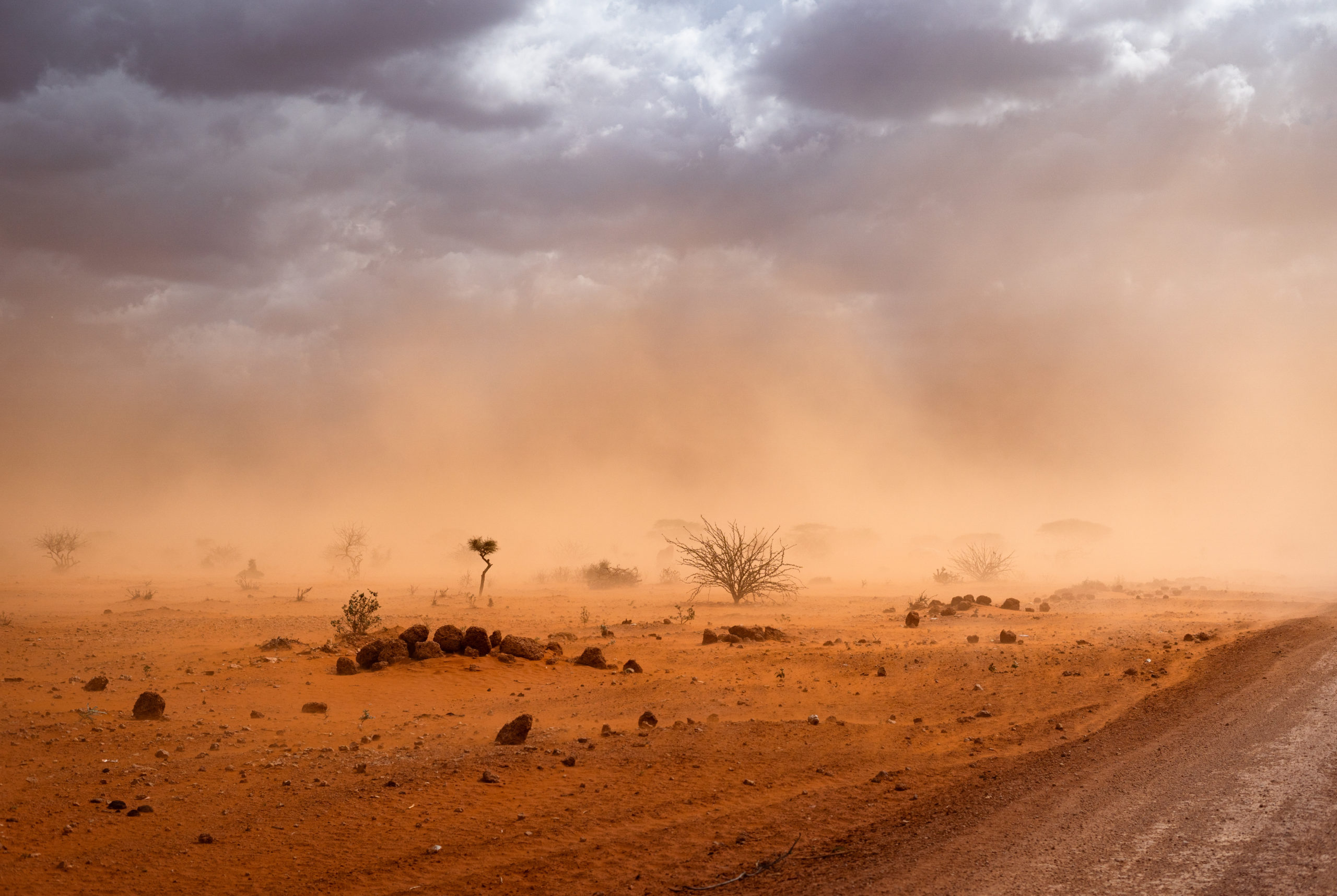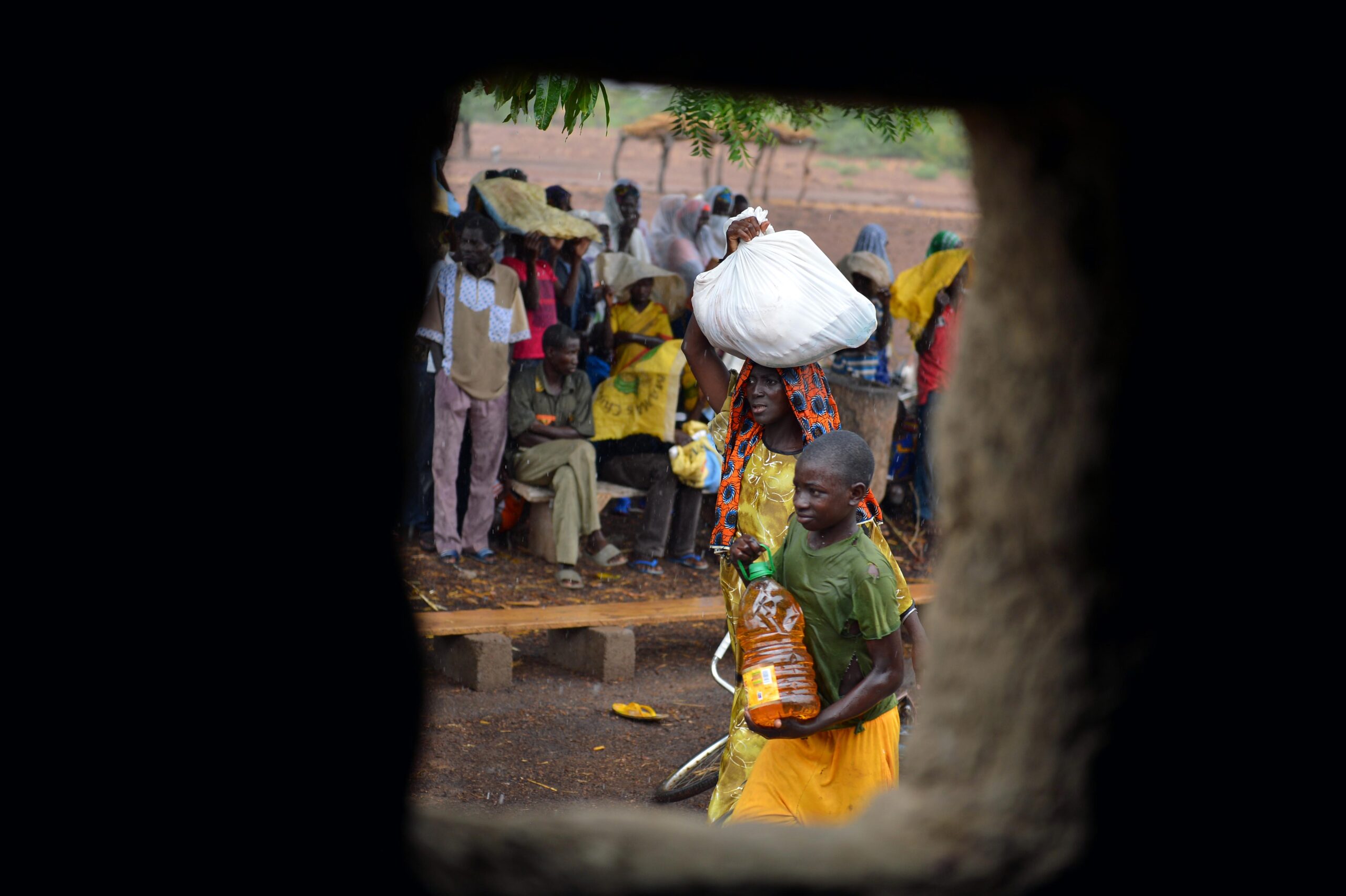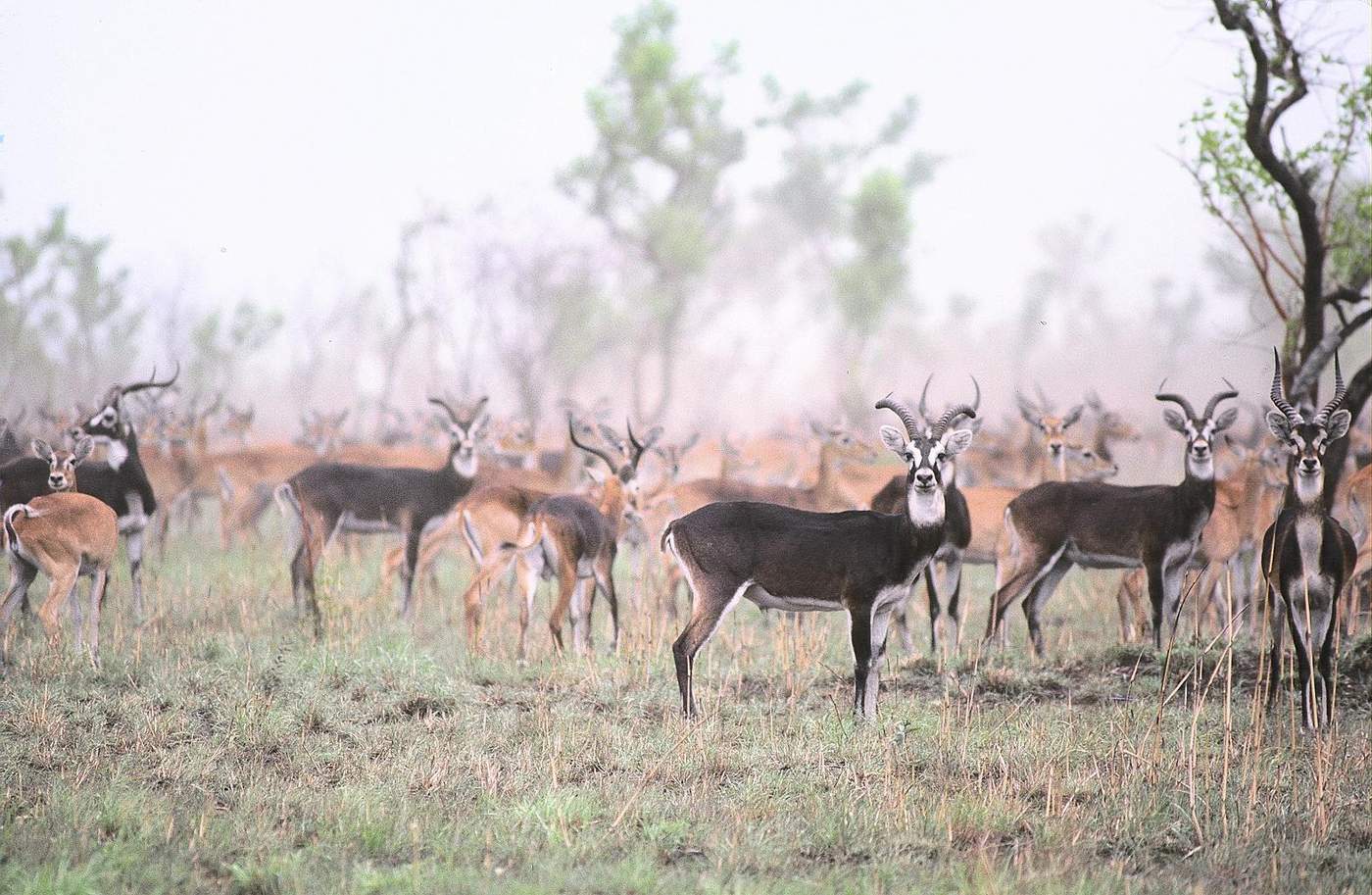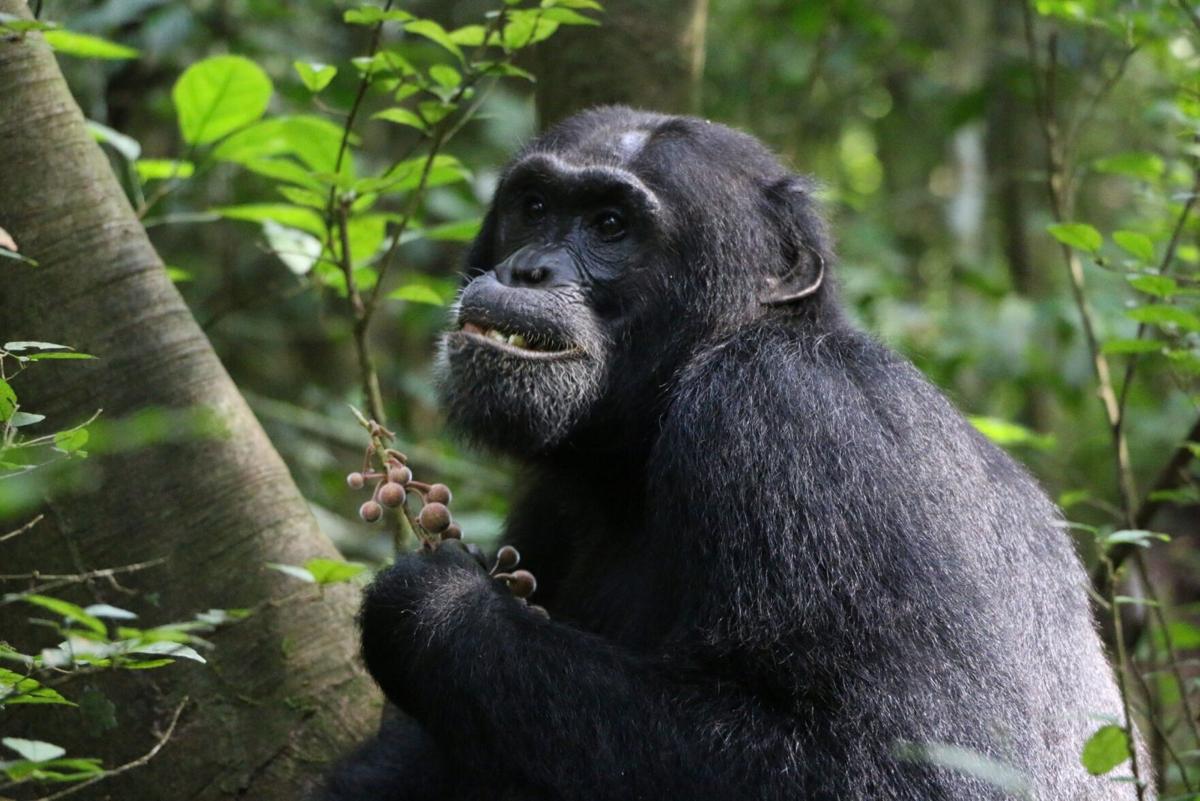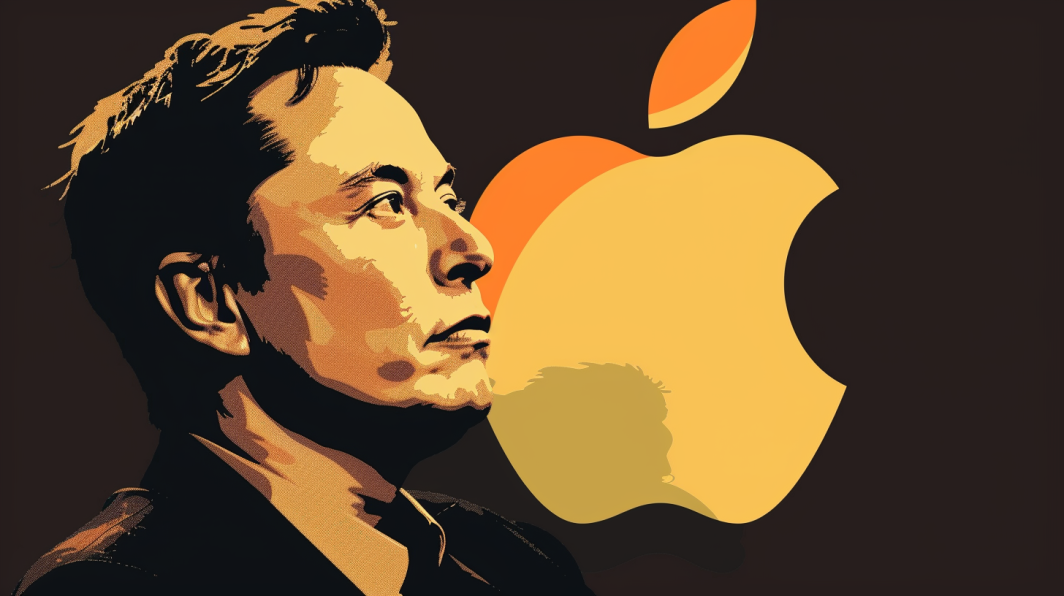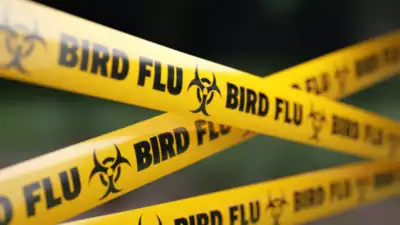In Peru’s Amazon forests, an uncontacted tribe has been spotted
With over 750 estimated members, the Mashco-Piro tribe resides deep in the forests of southeastern Peru, believed to be the largest isolated tribe in the world.
Charlize Theron Raises Over $1 Million at Africa Outreach Block Party
Charlize Theron hosted her annual Block Party in Los Angeles, raising over $1 million for her charity
UN report: World population to peak in mid-2080s
The latest UN report predicts that the world’s population will reach its peak in the mid-2080s, growing from 8.2 billion in 2024 to around 10.3 billion by the mid-2080s
Nextflix documentary tells all about the first Black Barbie
A new Netflix documentary follows the history of how the first Black Barbie doll came to be. The film features interviews with the original designer of the doll.
African doctors ponder exit as far-right rises in France
North African doctors in France, including Tasnime Labiedh, are rethinking their future amid the far-right National Rally’s rise and a perceived lack of respect and fair working conditions.
Tanzania’s Gombe chimpanzee colony faces extinction
Once thriving, the chimpanzee colony in Gombe National Park, Tanzania, faces extinction due to habitat loss.
UN rights chief warns of rising hate speech, discrimination
As a record number of countries hold elections this year, the United Nations human rights chief on Wednesday warned against rising hatred and discrimination. While refusing to comment on specific election campaigns playing out, Volker Türk called on voters to keep the rights of others in mind when they cast their ballots. He made the appeal as major elections take place in France and Britain this week, and in the United States and Germany later this year. Türk said he was concerned when listening to the rhetoric surrounding recent votes, including last month’s European parliament elections which handed significant gains to far-right parties. He said immigrants, refugees, and other foreigners have been used as “scapegoats” for some political parties. “I’m always worried when I hear narratives that denigrate the other, that dehumanize the other, that makes scapegoats of migrants, of refugees, of asylum seekers, of minority groups,” Türk said. He blasted the “politics of distraction” and said political leaders needed to stand up against the discourse of hate. “History tells us, in particular in Europe, that the vilification of the other, that the denigration of the other is a harbinger for worse to come.” Türk said this was “an alarm bell that we need to ring”, particularly in 2024 which is a “mega-year for elections”. He noted the United States, India, Europe, and other countries have experienced electoral seasons “that often lead to a speech of hatred and dehumanization of the other”. The UN human rights chief called on political leaders to stand up against discrimination saying there must be “zero tolerance” for hate speech.
Chad Rangers protect elephants despite limited resources
Rangers in Chad’s Zah Soo National Park successfully protect elephants despite limited resources, while facing challenges in balancing wildlife conservation with local needs.
WMO declares tropical Cyclone Freddy longest-lasting on record
The World Meteorological Organization (WMO) on Tuesday declared Tropical Cyclone Freddy the longest tropical cyclone on record, at 36 days.
Panama Papers scandal results in acquittal of 28 defendants
Eight years after the leak of 11 million secret financial documents, a court in Panama acquitted over two dozen defendants on Friday.
5 billion affected by extreme heat due to climate change
Nearly 5 billion people suffered from extreme heat due to climate change from June 16 to June 24, according to Climate Central.
UN: 2023 Worst Year for Children in Armed Conflict
The United Nations says 2023 marked the highest number of violations against children in nearly a decade.
Amazon’s market value passes $2T as shares hit all-time high
E-commerce and tech major’s stocks up almost 28% since beginning of this year
AI among Top 10 emerging technologies of 2024
World Economic Forum’s report on prominent tech advances puts great emphasis on artificial intelligence’s influence
South Sudan’s 6M Antelope migration faces rising poaching threat
The country’s first comprehensive aerial wildlife survey, released Tuesday June 25, found about six million antelope.
South Sudan home to world’s largest land mammal migration
Millions of antelope surge across the South Sudanese plains, creating a spectacular migration.
Wild chimpanzees use medicinal plants for self-treatment
Deep in the Budongo Central Forest Reserve, a chimpanzee with an injured hand eats the leaves of a Christella parasitica fern.
Apple may not roll out key features to EU users this year
Features at risk include iPhone Mirroring, SharePlay Screen Sharing enhancements, Apple Intelligence
Solar to generate 20% of global electricity on summer solstice
Across midday peaks on Friday, electricity generated from sun to rise from 16% on last year’s solstice, estimates Ember Climate
Sun’s path through Dense Interstellar Cloud affects earth’s climat...
The sun, as it travels around the center of the Milky Way, oscillates relative to the galactic plane.
Historic Ugandan artifacts to return home for a three-year exhibition
The African Union aims to have a common policy on the return of looted cultural property.
“Grammys” Expands to Africa
The Recording Academy, behind GRAMMY Awards, is expanding its support for music creators globally.
The Horn of Africa is highly vulnerable to climate change
The World Health Organization (WHO) reported that the Horn of Africa is one of the most vulnerable regions to climate change.
Elon Musk threatens Apple device ban over OpenAI deal
Software integration between two companies ‘unacceptable security violation,’ Musk says, adding Apple ‘has no clue what’s actually going on’
YouTube tightens policies on firearm videos to protect minors
Youtube announces ban on videos to users under 18 showing how to remove firearm safety devices, homemade guns, automatic weapons and certain accessories.
Earth warming at record rate
Earth warming rate hit an all time high in 2023 with 92% of last year’s surprising record
WHO confirms 1st human death from new bird flu strain
WHO announced Wednesday that a resident of Mexico became the world’s first person to die from a bird flu strain not previously detected in humans.



